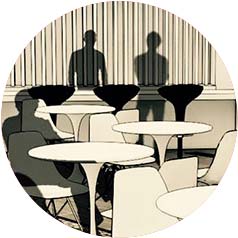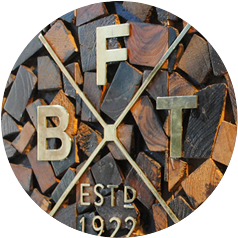Land of marks
Sachin Tendulkar made his 100th ton and the nation rejoiced. Palpable relief mixed with heady pride made for a milestone in the history of cricket.
Media commentary brimmed with words like legacy, historic moment and even “landmark”. A curious word to describe the event considering a museum to commemorate the knock in Mirpur (Bangladesh) and the 99 before it will be built in Mumbai. So both land and mark will be separated by the entire breadth of the country! Thus arises the question, what is a landmark? A mark that defines land or land that is marked? And how does one do that?
In a recent academic seminar in New Delhi, it was suggested that tangible heritage in India, such as historic buildings and quarters are compelling landmarks that need to be preserved. Heritage was likened to being “the tail of a dog that was the city”. And in order for it to “wag the dog”, Delhi had to obtain the coveted status of a world heritage city. Is it really so simplistic? Is that how landmarks are made? While all monuments maybe landmarks, all landmarks need not be monuments. Ask anyone who has ever taken road directions in any city in India, and you’ll find that trees, postboxes, round-abouts, milk booths, garbage bins and even pubic urinals work as landmarks. All a far cry from the monument that, more often than not, conjures up images of regal stone edifices, carved masterpieces of crafted tradition.
Any landmark is both a symbol and a sign. One celebrates the past and the other directs us to the future. The problem happens when it does only one part of its “job”. Thus while historic monuments remain a rooted reminder of the past, very few in India pave the way to a new future. The word heritage is firmly about legacy — something you pass on — then why is it that we use it in a “pause” mode? In terms of pickling buildings in time-bound ether or making them invalid and even obsolete in the present.
The conservationists among us would be horrified at the idea of “replacing” heritage but if we are to constantly create new landmarks how would it be even possible to do without? And isn’t it happening in the sphere of private development anyway, where all newly developed buildings are designed in an egocentric manner? Their narcissistic geometry, which was intended to attract, now invades the skylines of most cities. Steel, metal and glass create modern monuments, few of which are beautiful and most ugly and yet they all ruthlessly clamber over each other to be recognisable artifacts of a new urban India, all desperately wanting to become landmarks.
It is pressing to imagine even a few of these buildings as monuments for the future. Today it is the market that has supplanted ideology, turning architecture into a spectacle. Skim the surface of any new urban settlement, Gurgaon or Navi Mumbai, and you have to wonder at the significance of the new buildings all of which aspire to be a landmark.
Remarkably, these modern buildings remain “unfettered by the past” and yet they are unable to connect to a fragile present and build bridges with an even more tenuous future. Connections in our gigantic cities perhaps need to be built not merely on the unavoidable landmark character of these structures that dot the landscape in a disconnected sequence. Perhaps it lies in creating more powerful content within their architecture, an architecture that thrives on the creation of benchmarks rather than landmarks.
— Suparna Bhalla
Published on March 24th, 2012




























